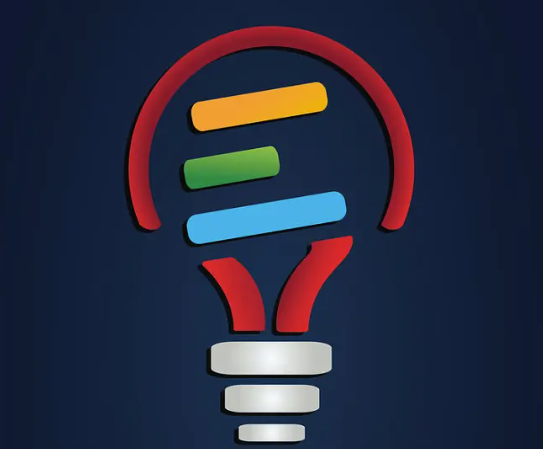As an AI language model, I don’t have access to images but here’s how an image classification system for butterfly and moths with 100 species can be built:
Data collection: Collect a large dataset of butterfly and moth images from various sources.
Data preprocessing: Resize the images to a uniform size, normalize the pixel values, and split the dataset into training, validation, and testing sets.
Model selection: Select a deep learning model such as ResNet or InceptionV3 that has been pre-trained on a large dataset like ImageNet.
Fine-tuning: Re-train the selected model on the butterfly and moth dataset using transfer learning techniques. Freeze all layers except for the last few layers which are trained to classify the 100 species.
Hyperparameter tuning: Optimize hyperparameters such as learning rate, batch size, number of epochs, etc., to achieve better accuracy on the validation set.
Evaluation: Evaluate the trained model on the testing set to measure its accuracy in classifying butterfly and moth species.
Deployment: Deploy the trained model as a web service or mobile application that users can use to identify butterfly and moth species by uploading their photos.
Maintenance: Keep updating the model with new data periodically to improve its accuracy over time.





















